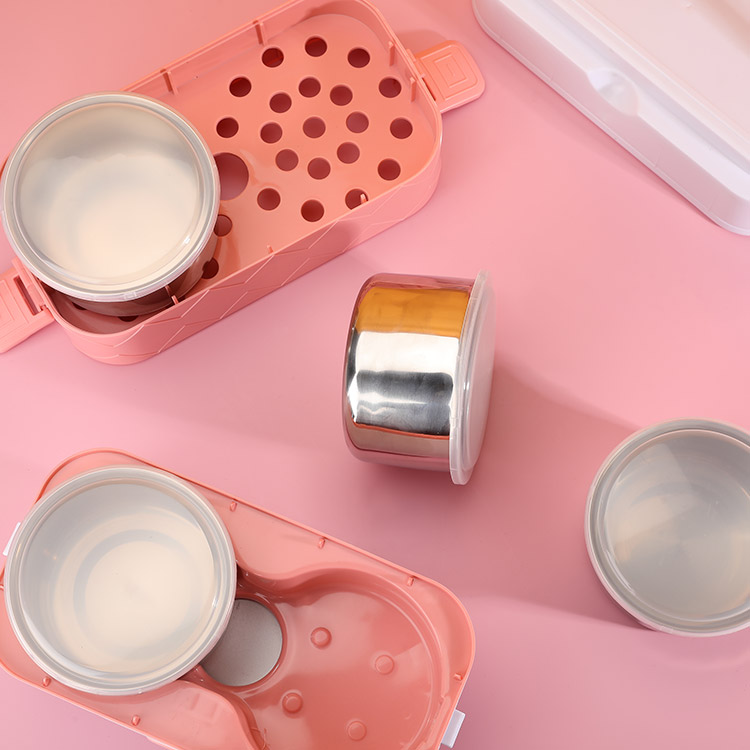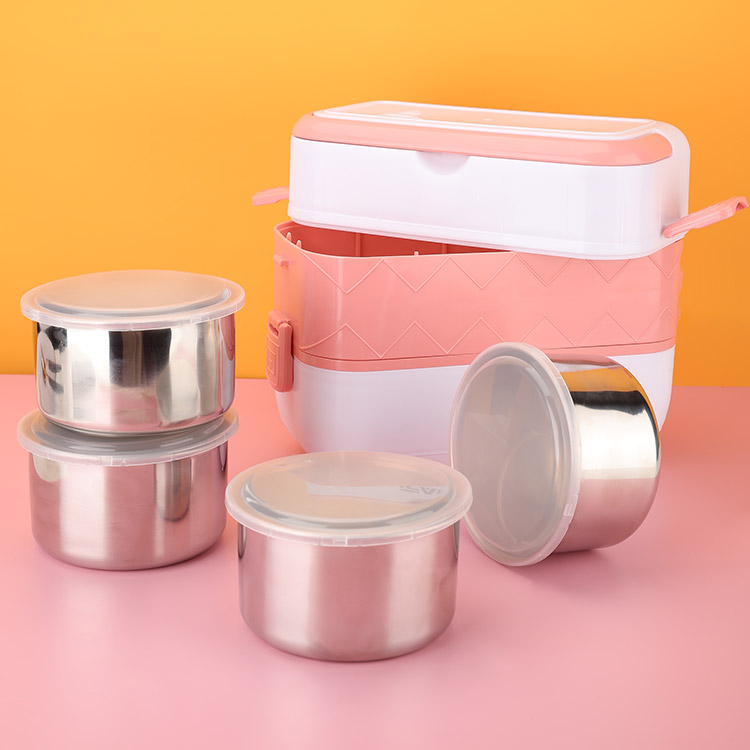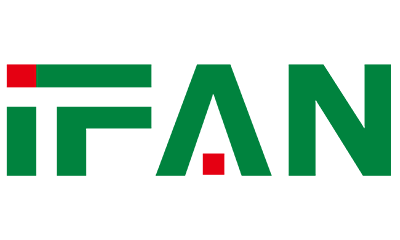Self-heating lunch boxes, also known as self-heating meal kits or MREs (Meals Ready-to-Eat), offer the convenience of hot meals without the need for external heating sources. While they provide a practical solution for situations where conventional cooking methods are unavailable, it’s essential to consider their safety aspects.
How Do Self-Heating Lunch Boxes Work?

Self-heating lunch boxes typically consist of three main components: a heating element, a water-activated heating pad, and the food container. The heating element is usually a mixture of powdered magnesium and iron, which reacts with water to generate heat through an exothermic chemical reaction. When activated by adding water to the heating pad, the reaction produces enough heat to warm the food contained within the box.
Safety Considerations

While self-heating lunch boxes offer convenience, there are several safety considerations to keep in mind:
- Chemical Reaction: The chemical reaction that generates heat can reach high temperatures quickly. It’s crucial to follow the manufacturer’s instructions carefully and avoid direct contact with the heating element to prevent burns or injuries.
- Potential Leaks: Improper sealing or damage to the self-heating components can lead to leaks of the reactive chemicals. This can pose a risk of skin irritation or chemical burns if the contents come into contact with the skin or eyes.
- Food Safety: Like any prepared meal, the safety of the food inside the self-heating lunch box depends on proper handling, storage, and expiration dates. It’s essential to inspect the packaging for any signs of damage or tampering before consumption.
- Environmental Impact: Some self-heating lunch boxes rely on single-use components, such as disposable heating pads, which can contribute to waste generation. Opting for reusable or recyclable alternatives can help minimize environmental impact.
Tips for Safe Use
To ensure the safe use of self-heating lunch boxes, consider the following tips:
- Read the Instructions: Familiarize yourself with the manufacturer’s instructions for proper activation and use of the self-heating components. Pay attention to recommended water quantities and activation times.
- Inspect for Damage: Before use, inspect the packaging for any signs of damage, leaks, or punctures. Do not use the self-heating lunch box if the integrity of the packaging is compromised.
- Handle with Care: Avoid direct contact with the heating element and exercise caution when activating the self-heating components. Keep them away from children and pets to prevent accidental ingestion or injury.
- Monitor Temperature: After activating the heating element, monitor the temperature of the food to ensure it reaches a safe serving temperature (typically 140°F or 60°C). Use a food thermometer to verify the temperature if necessary.
- Dispose Properly: Dispose of used self-heating components according to local regulations. Whenever possible, choose products with reusable or recyclable components to minimize waste.

Conclusion
Self-heating lunch boxes offer a convenient solution for enjoying hot meals on the go, but safety should always be a top priority. By following manufacturer’s instructions, inspecting for damage, and handling with care, you can minimize risks and enjoy your self-heating meals safely. Always prioritize food safety and proper disposal practices to ensure a positive dining experience.

